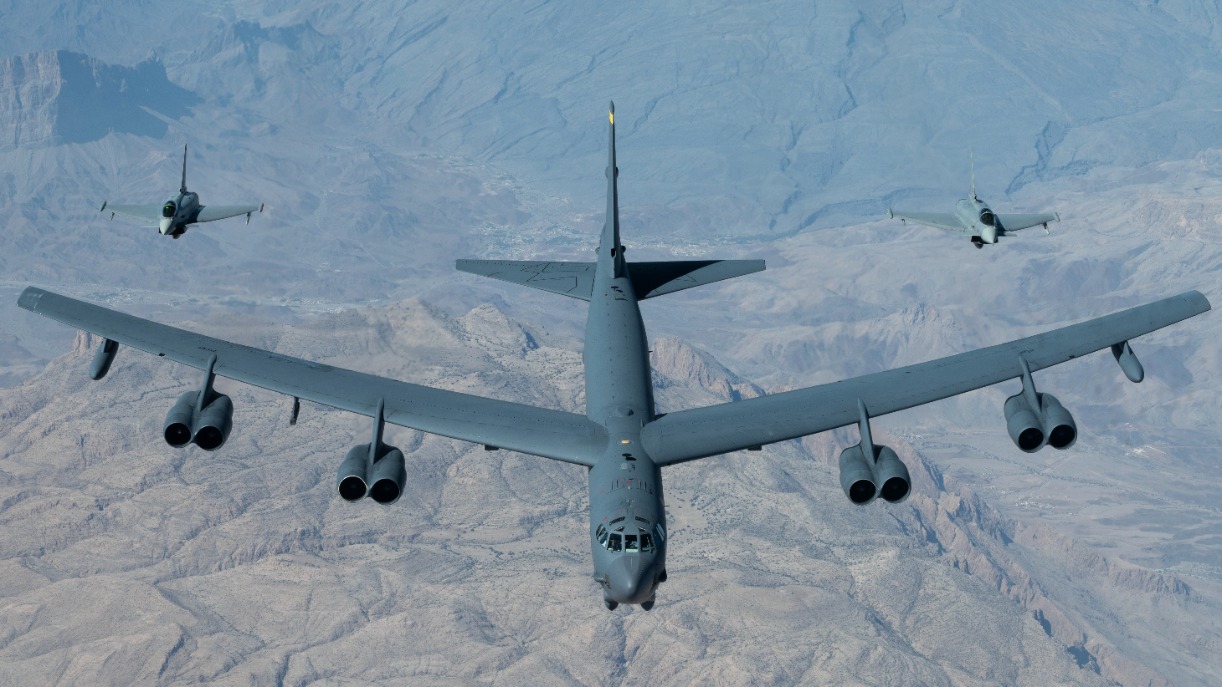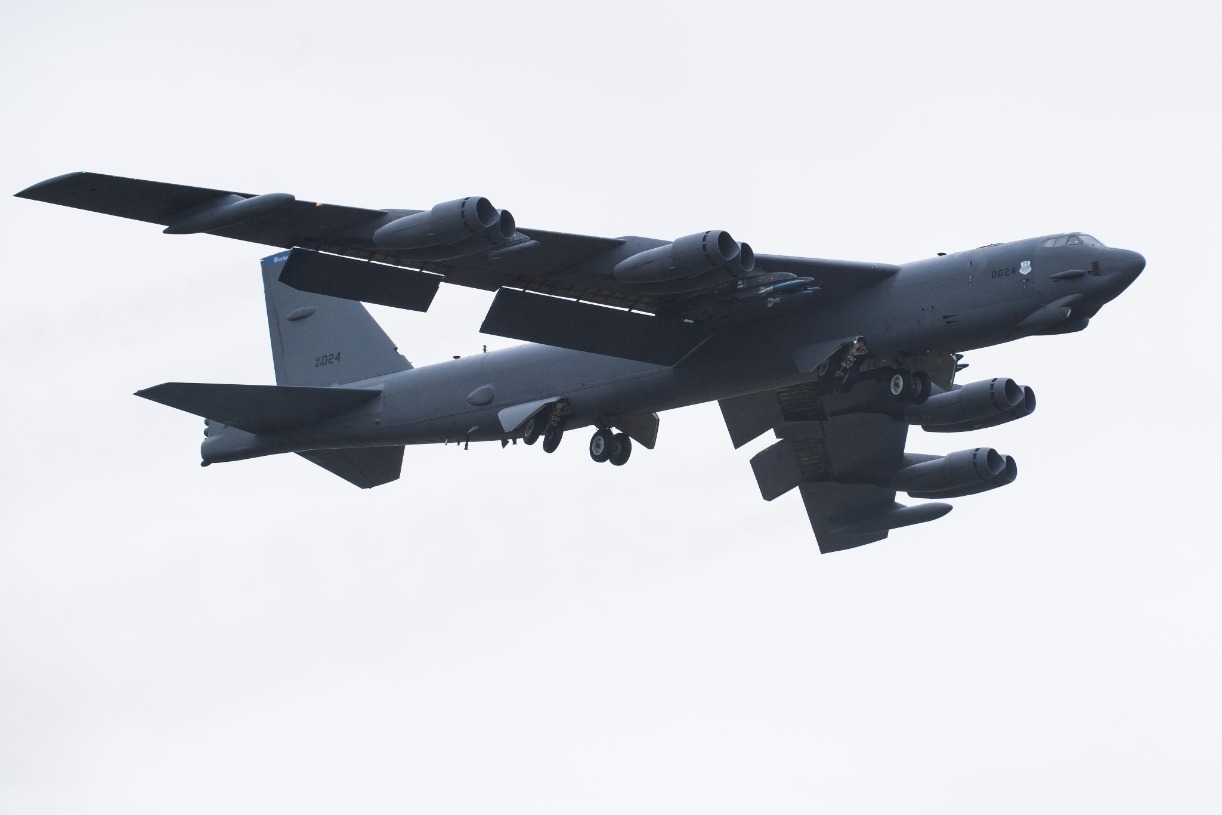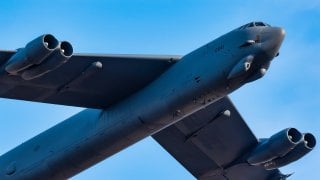Air Force B-52 Bombers are Now Flying Close to Russia's Borders
On May 28, the U.S. Air Force deployed two B-52 Stratofortress bombers to Eastern Europe and the Baltics. These missions, routine but significant, reassure NATO allies and signal strength to Russia. Accompanied by German, Spanish, and Polish fighter jets, the deployment underscores U.S. commitment to NATO and provides valuable training opportunities.
Summary: On May 28, the U.S. Air Force deployed two B-52 Stratofortress bombers to Eastern Europe and the Baltics. These missions, routine but significant, reassure NATO allies and signal strength to Russia. Accompanied by German, Spanish, and Polish fighter jets, the deployment underscores U.S. commitment to NATO and provides valuable training opportunities.

-Amid ongoing tensions, especially with the Russian invasion of Ukraine, the presence of B-52s near Russia emphasizes deterrence and readiness.
-The B-52, in service since 1961, remains a key asset due to its reliability, extensive range, and capacity to carry significant payloads of conventional and nuclear munitions.
The U.S. Air Force sent two B-52 Stratofortress strategic bombers to Eastern Europe and the Baltics on May 28. Such missions are fairly standard and take place every few weeks, but the bombers’ flight close to Russian borders is meant to reassure NATO allies and send a message to the Kremlin.
American Bombers Next to Russia
Beside providing a show of force, the deployment of strategic bombers is an excellent opportunity for training with NATO allies.
According to Air & Space Forces Magazine, the B-52s were accompanied by five German Eurofighters, two Spanish F/A-18 Hornets, and two Polish MiG-29 fighter jets.
“The U.S. routinely demonstrates its commitment to NATO Allies and partners through BTF missions,” the U.S. Air Forces in Europe – Air Forces Africa stated in a press release. “Through these missions, U.S. Air Forces Europe – Air Forces Africa enables dynamic force employment in the European and African theaters, providing strategic predictability and assurance for Allies and partners while contributing to deterrence by introducing greater operational unpredictability for potential adversaries.”

The Russian invasion of Ukraine showed that the threat of large-scale conflict is very real. It is one thing to say that Russia would never attack the West when you are sitting in an office in Washington, D.C. The view is completely different if you are manning an outpost in eastern Poland or Finland. For many NATO allies, the threat of Russia is real, and many fear that Russian President Vladimir Putin and his Kremlin advisers won’t hesitate to escalate the conflict in Ukraine if they perceive they are going to lose.
The B-52 Stratofortress Bomber
The B-52 Stratofortress is the oldest aircraft in the U.S. military fleet. Indeed, the venerable bomber’s design started shortly after the end of World War Two, and the aircraft first reached initial operating capability in 1952. The strategic bomber entered service in 1961.
There is a reason why the aircraft is still operational so many decades after it entered service. The B-52 Stratofortress is reliable and can carry a large number of munitions.

As a long-range strategic bomber, the B-52 Stratofortress can carry up to 70,000 lbs of conventional and nuclear munitions. It has an operational range of nearly 9,000 miles without refueling. The aircraft can conduct strategic attack, close air support, air interdiction, offensive counter-air, and maritime operations. The Air Force is currently flying the H version of the aircraft and intends to keep the B-52 in service well into the 2050s. Right now, there are approximately 55 B-52 bombers in service, with another 15 in reserve.
About the Author:
Stavros Atlamazoglou is a seasoned defense journalist specializing in special operations and a Hellenic Army veteran (national service with the 575th Marine Battalion and Army HQ). He holds a BA from the Johns Hopkins University and an MA from the Johns Hopkins’ School of Advanced International Studies (SAIS). His work has been featured in Business Insider, Sandboxx, and SOFREP.
All images are Creative Commons.
More from National Interest
PAK DA - Russia Is Building a New Stealth Bomber
Houthis Might Have Attacked a Navy Aircraft Carrier - Report


